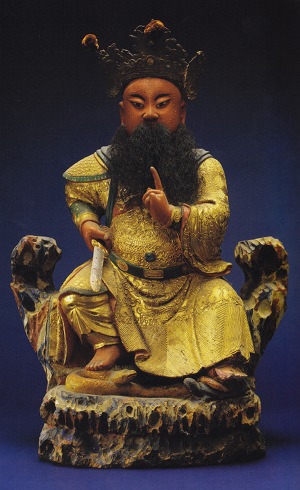Energy vs Power vs Barefoot
/

 Two years ago I wrote a blog post laying down the differences in the way dogs and cats walk. I haven't changed my thinking on this much but if you don't remember it I recommend a re-read.
Two years ago I wrote a blog post laying down the differences in the way dogs and cats walk. I haven't changed my thinking on this much but if you don't remember it I recommend a re-read.
The issue of energy efficiency verses power efficiency has been coming up a lot in class lately. I blame two popularizations of internal arts, the barefoot movement and the standing up desk movement. The link is not direct but these two movements are allowing people to see and hear things they simply could not see or hear before. You can hit people over the head with truth or surreptitiously replace their morning coffee with it, and unless something has disrupted their mental force field, nothing will get through.
But when someone tries to stand up at a desk for 5 or 6 hours they start to notice that there are a lot of different ways to stand, each having different consequences for every other function of the body.
One of the funny things about the barefoot movement is that the minimalist shoes popping up on peoples feet are still enough of a barrier that they limit the unraveling process that true barefoot can bring about. For one, most of these minimalist shoes squeeze the toes together--a completely ridiculous idea unless you are using them for vertical rock climbing. Secondly, if you have a barrier to sharp objects you will happily push down the center of your heel and the ball of the big toe, things you would never do on rough uneven ground if you were truly barefoot. Thirdly, our bodies have superb mechanisms for warming and cooling the feet which are only triggered by the actual changes in shape that happen when our feet are interacting with actual ground in an unmediated-instantaneous way.
I suppose I should disclose at this moment that I just spent 10 days alone at a mountain lake above 9000 feet, barefoot, without books, doing standing, sitting and movement practices. After a few days my appetite for food got very small, and then I stopped sleeping because I didn't have any thoughts to help me drift off. But then again I wasn't tired so I didn't need sleep. This single experience leads me to speculate that the need to sleep is mostly a self-sedation response to social stress, conventionality, and self-restraint.
Anyway, back to the main point. Humans have developed, evolved, or invented ways of walking and running which are extremely energy efficient. With each stride, our momentum carries forward with very little whole-body effort or resistance. This allows us to 1) carry stuff, 2) out-run or out-last animals we are tracking, 3) have the energy to work, labor, and think. We effect this energy efficiency by using our legs like sticks with bendable joints. Our torsos continuously re-balance on these hard structures while in motion. Shoes allow us to use our legs in an even stiffer, more energy efficient way. When done standing relatively still, internal martial artists call this the flaw of "being on the table." The implication is that we are using our legs in a rigid way, like table legs.
 Naturally, I am not presenting a good verses bad dichotomy here, just attempting to present things as they actually are.
Naturally, I am not presenting a good verses bad dichotomy here, just attempting to present things as they actually are.
Contrast all this with power efficiency. A confusion arises because energy efficiency allows us to be more aggressive about getting where we are going, it allows us to exert lots of effort. Power efficiency, in contrast, uses a lot more energy which ironically is a disincentive to the exertion of effort. A fruition of practicing power efficient internal arts is that we discover effortlessness. Walking barefoot is power efficient. Standing meditation is power efficient. People who try to do standing meditation for one hour using energy efficient structures usually give up; often complaining of pain--which of course goes away the second they start moving--or boredom. Power efficiency is not static, even in stillness it is wildly active.
If you are in the daily habit of taking a half hour walk with shoes on, when you try to walk barefoot you'll find that not only does it take a lot longer to walk the same distance, but a half hour of barefoot walking will get you really tired--at least until you spontaneously rediscover the whole body effortlessness that babies have.
Energy efficiency is a big part of what makes us human. When we are young, energy efficient ways of moving are supported by bounciness in the hip joints and lower back, springiness in all the ligaments, and elasticity in all the muscles and fascia. With age and time those pieces of the puzzle start to fray. These physiological "systems" start to fall apart. That's why switching to whole-body power efficient ways of moving, like we use in the internal martial arts, have an apparent ability to heal.
These natural revelations come from Daoism, a relgious tradition which continuously rediscovers and re-establishes itself by returning to simplicity.
